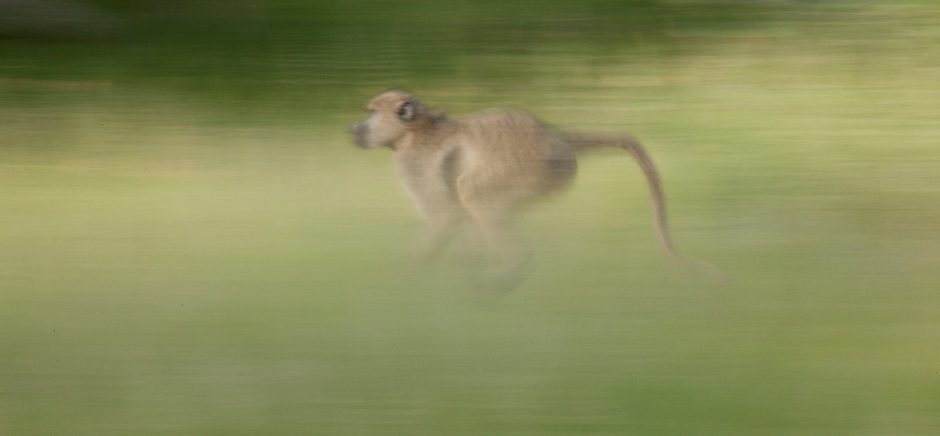
Photo Jargon – What is a “Fast” Lens?
The term fast, when talking about lenses, is a little misleading. Although they are good for capturing fast-moving subjects, that’s not really the core of it.
Simply put, a “fast lens” is one that has a very wide maximum aperture (aka, able to get a very small aperture number). Basically, they excel at letting A LOT of light into your camera compared to slower lenses.
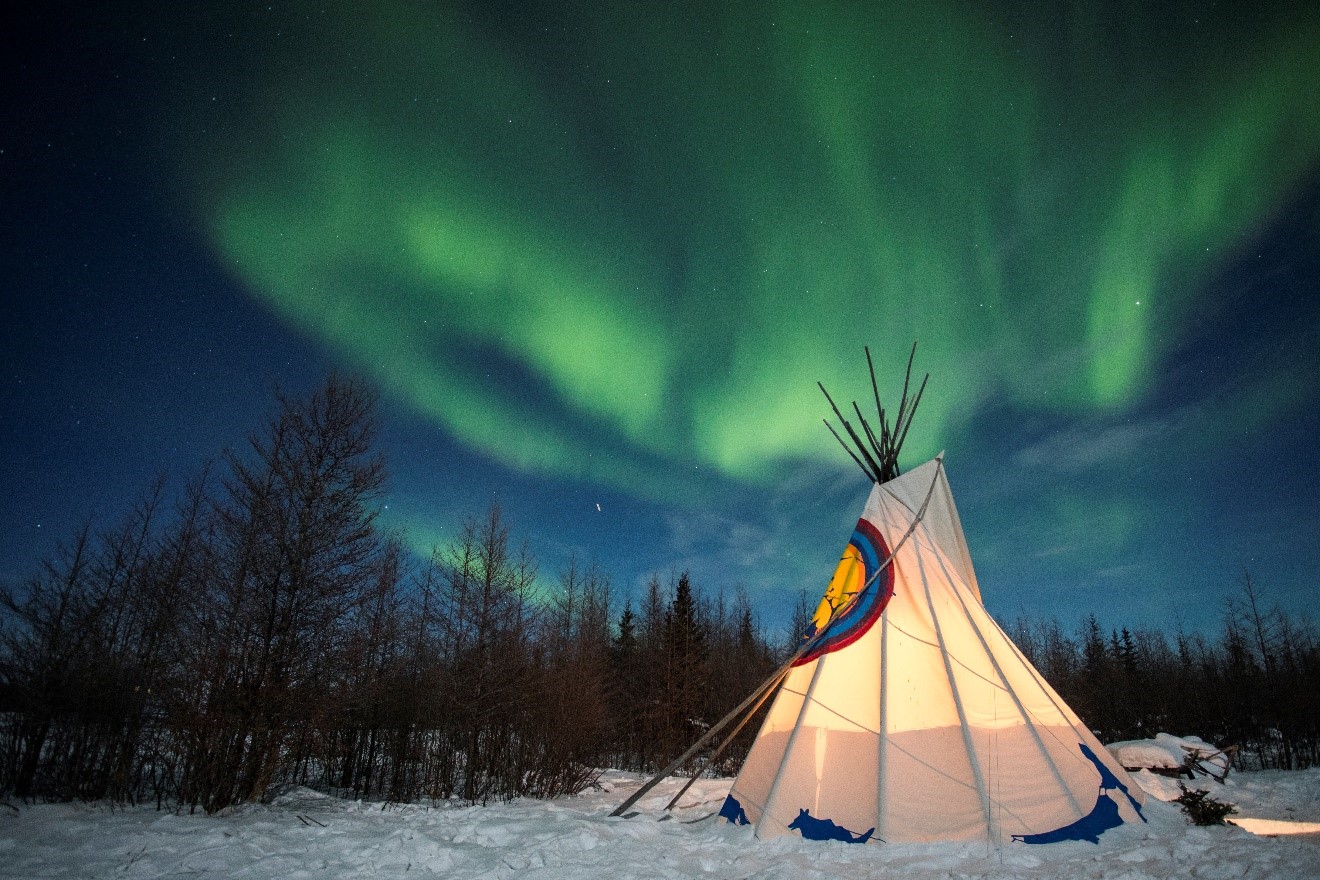
What are they?
There is no official line in the sand where a fast lens starts, but generally anything f/2.8 and lower is considered fast. That is, lenses with a maximum aperture of f/4 or f/5.6 are not all that fast. Also, remember that the concept of minimums and maximums is confusing for apertures, as a big aperture is actually a small f/number.
Lenses that are even faster than f/2.8 are few and far between, but they are immensely helpful for particular styles of photography.
For example, for Aurora Borealis Photography, some photographers swear by lenses like 24mm f/1.4. As you may know from the aperture scale below, an f/1.4 lens is two full stops faster than an f/2.8 lens. Thus, while an f/2.8 lens is fast, an f/1.4 lens is lightning fast.
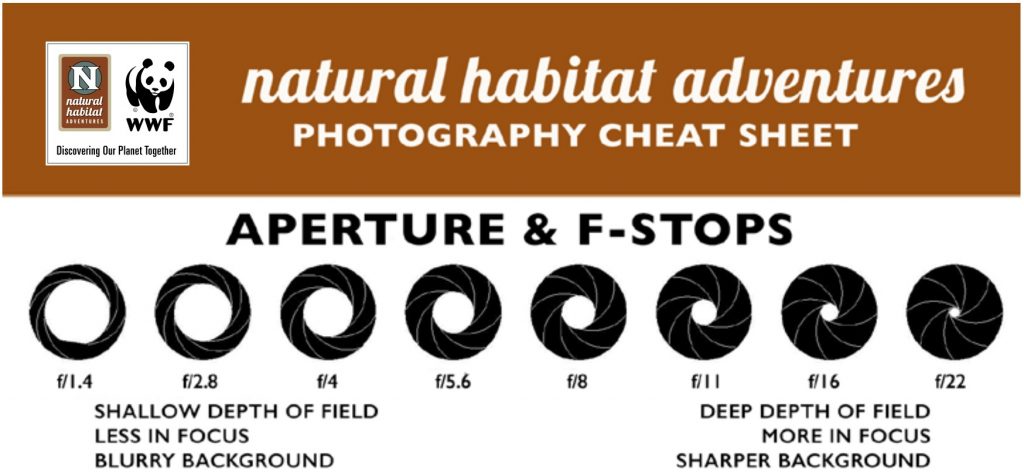
One of my favorite lenses for unique and artistic photos, the “nifty fifty”, is in this league, too, oftentimes rated at f/1.4 or f/1.8. Again, very fast.
And lastly, for portrait photography, a fast lens can be wonderfully helpful. Not because your subject is going to be running away from you, but because fast lenses also give that wonderful blurred background, known as bokeh.
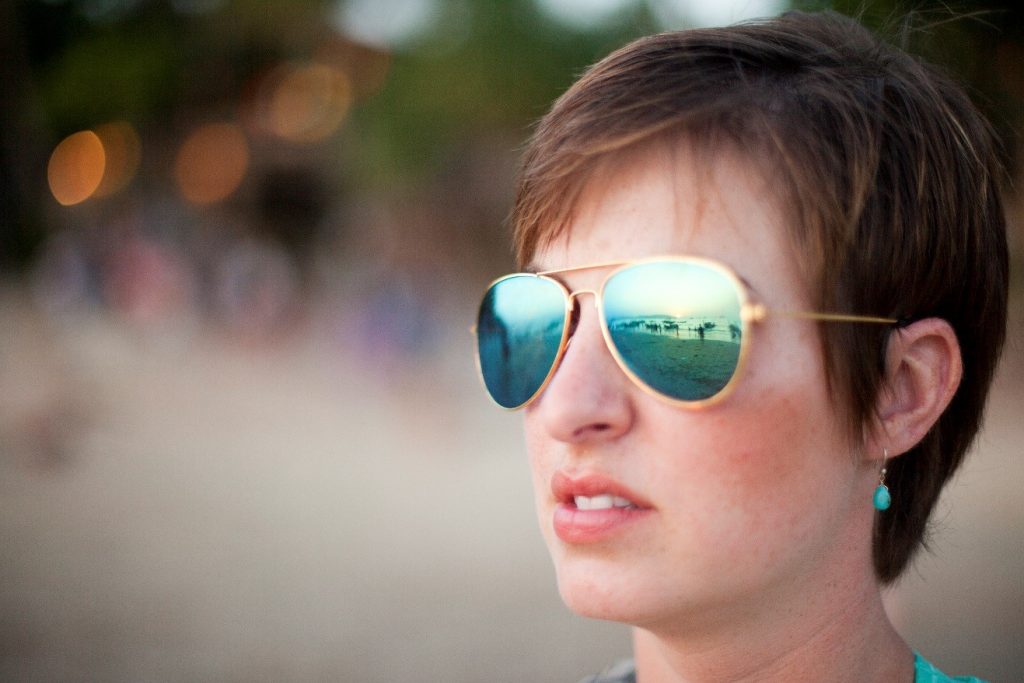
When do you use them?
The applications for fast lenses are immense. And quite frankly, when comparing apples to apples a faster version of the lens is always better than a slower one, simply because they have more capabilities. With a fast lens, you can always dial it to a bigger f/number and thus wider depth of field. However, it doesn’t work the other way around with a slow lens… you can’t magically get to those ultra-low f/numbers like f/2.8 or f/1.4.
Because of the lens quality and technology that goes into a fast lens, there actually aren’t that many available on the market. They are almost always much bigger and much more expensive than slower versions at comparable focal lengths. And in those cases when they aren’t bigger and more expensive, they usually are prime lenses with relatively low versatility. For example, can you imagine being on a wildlife safari with just a 50mm f/1.4 and a 100mm f/2.8? It wouldn’t give you very much telephoto power, and you’d likely have to crop nearly every image.
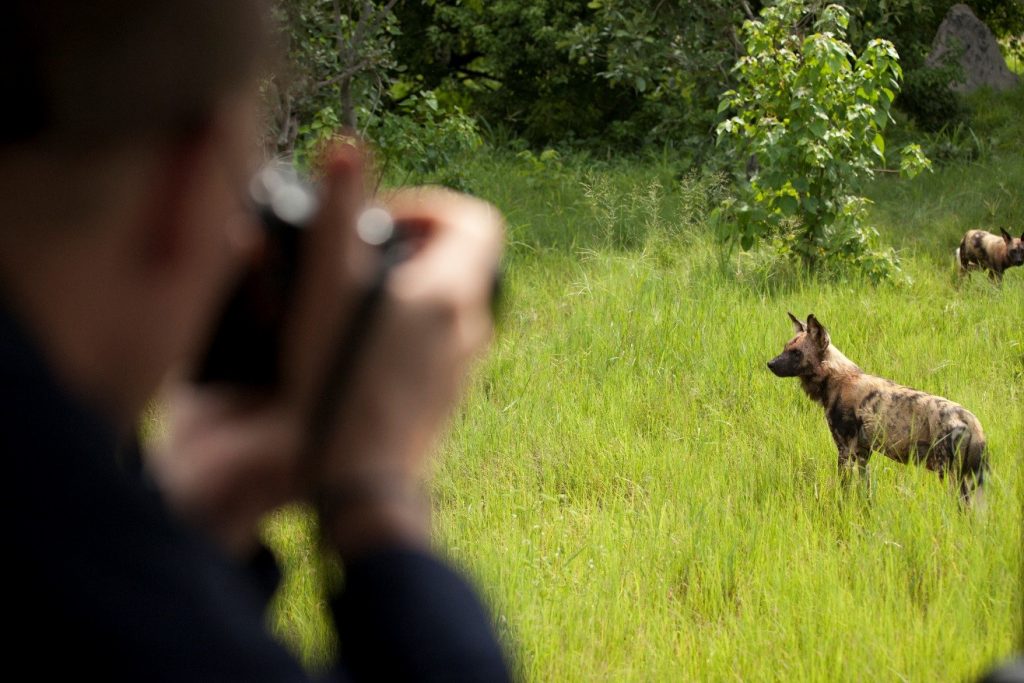
If you’re like me, you probably have on your wish list some of the really big telephotos, which are also very fast lenses. I’m talking about the 300mm f/2.8, 400mm f/2.8, and 500mm f/4. These are all ideal for wildlife safaris, but they are all relatively expensive, and quite big and heavy, too. Thus, while they’re fast, they may not always be the perfect choice.
By the way, notice that I included the 500mm f/4 in this line-up of fast lenses? This is because for 500mm, f/4 is indeed fast. Most lenses at this focal length are closer to f/5.6 or f/6.3. Therefore, lens speed is also relative. It takes quite a bit more tech (and money) to make lenses at big focal lengths fast, and thus they are the rarest breed. Even bigger companies like Canon, Nikon, Sony, and Olympus have just a few in this category.
Are they really that fast?
So far I’ve been talking mostly about the merits of bokeh and low light capabilities of these lenses. However, the origin of the term fast really has to do with the potential shutter speed when all other settings are equal.
A fast lens like a 100mm f/2.8 will be able to take the same photo, in the same light conditions, and same ISO settings as a 100mm f/4, but at two times the shutter speed. When dealing with low light, or fast-moving subjects, this is a huge difference. The reason for it is that f/2.8 lets in exactly twice as much light as f/4, thus you can shoot at double the speed (or decrease ISO in half, whatever your choosing).
So as you can see, what it really buys you is flexibility. But then when you compare, say, a 50mm f/1.4 to a 50mm f/4, you’re talking about an eight times difference, because from f/4 to f/2.8 you gain twice the light. Then from f/2.8 to f/2.0 you get twice the light again. And then from f/2.0 to f/1.4 you once again double (2x2x2). It gets pretty dramatic pretty quickly.
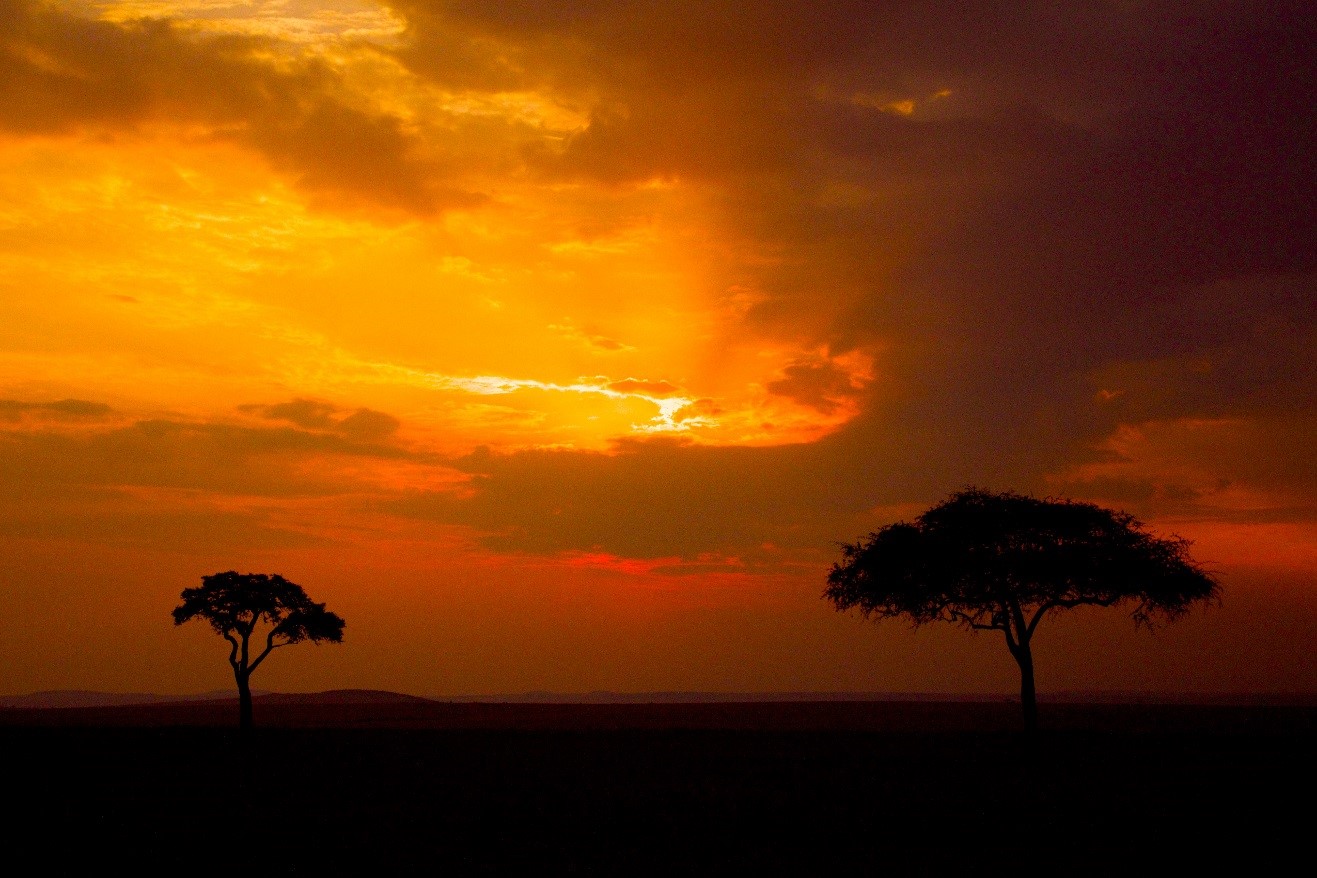
In Summary
Fast lenses are wonderful—simply put. However, they come at a cost. Sometimes that cost might be in versatility, as most fast lenses are primes and thus cannot zoom. Nor are they particularly good with telephoto like the 50mm ones. Then other times it may be because fast lenses are big and heavy. But probably most commonly people look at the price, as most fast lenses are professional grade and are substantial in cost.
This is why when you see a fast lens that is affordable, it’s always a good idea to think about getting one, as they’re extremely helpful in particular photographic situations. Once again, why I like my nifty fifty (50mm f/1.4) so much.
If you have your favorite “fast” lens, I’d love to hear about it in the comments below!
Cheers,

Court
Leave a reply